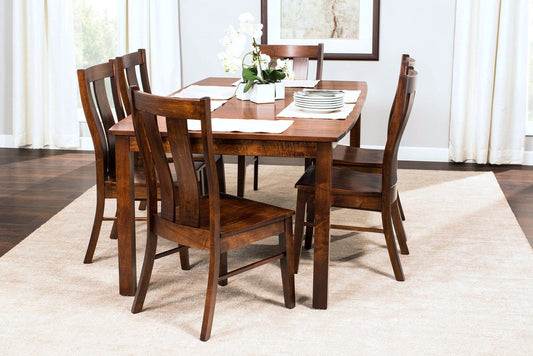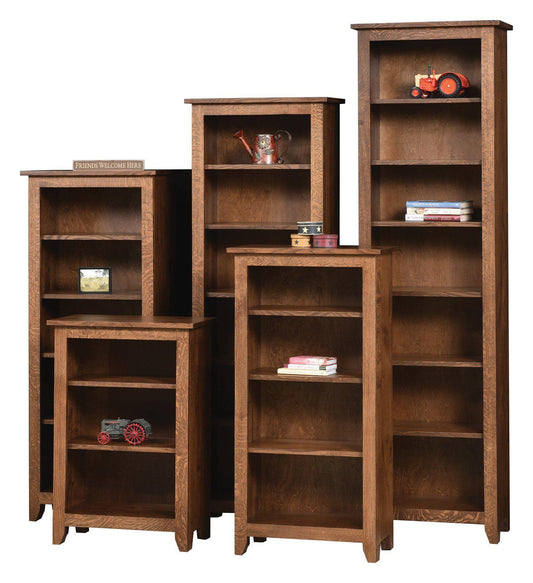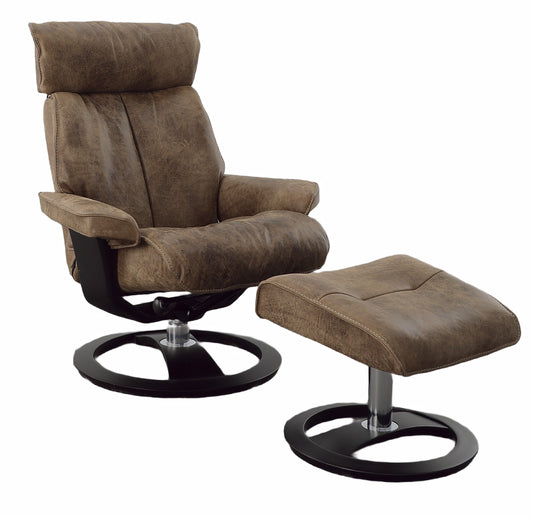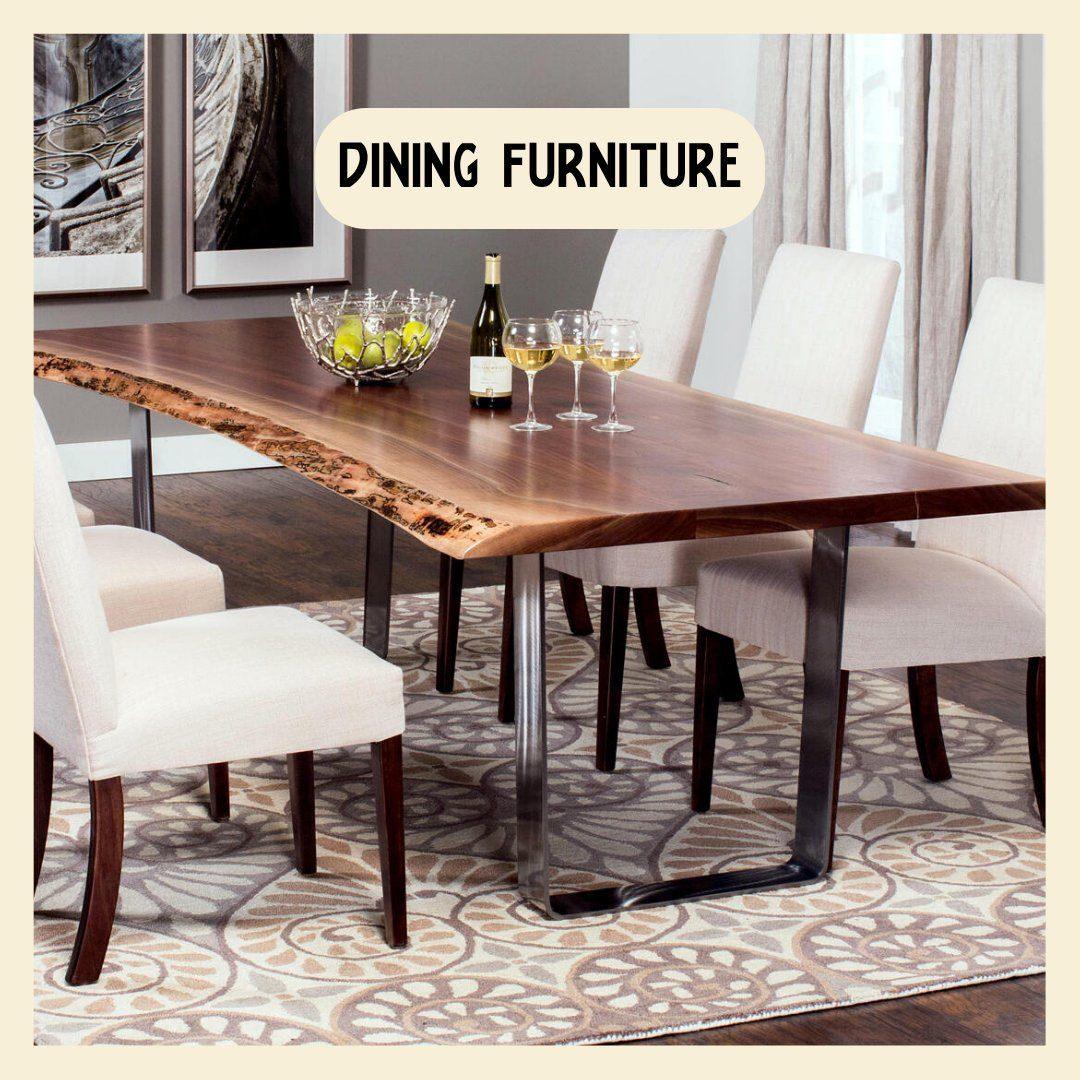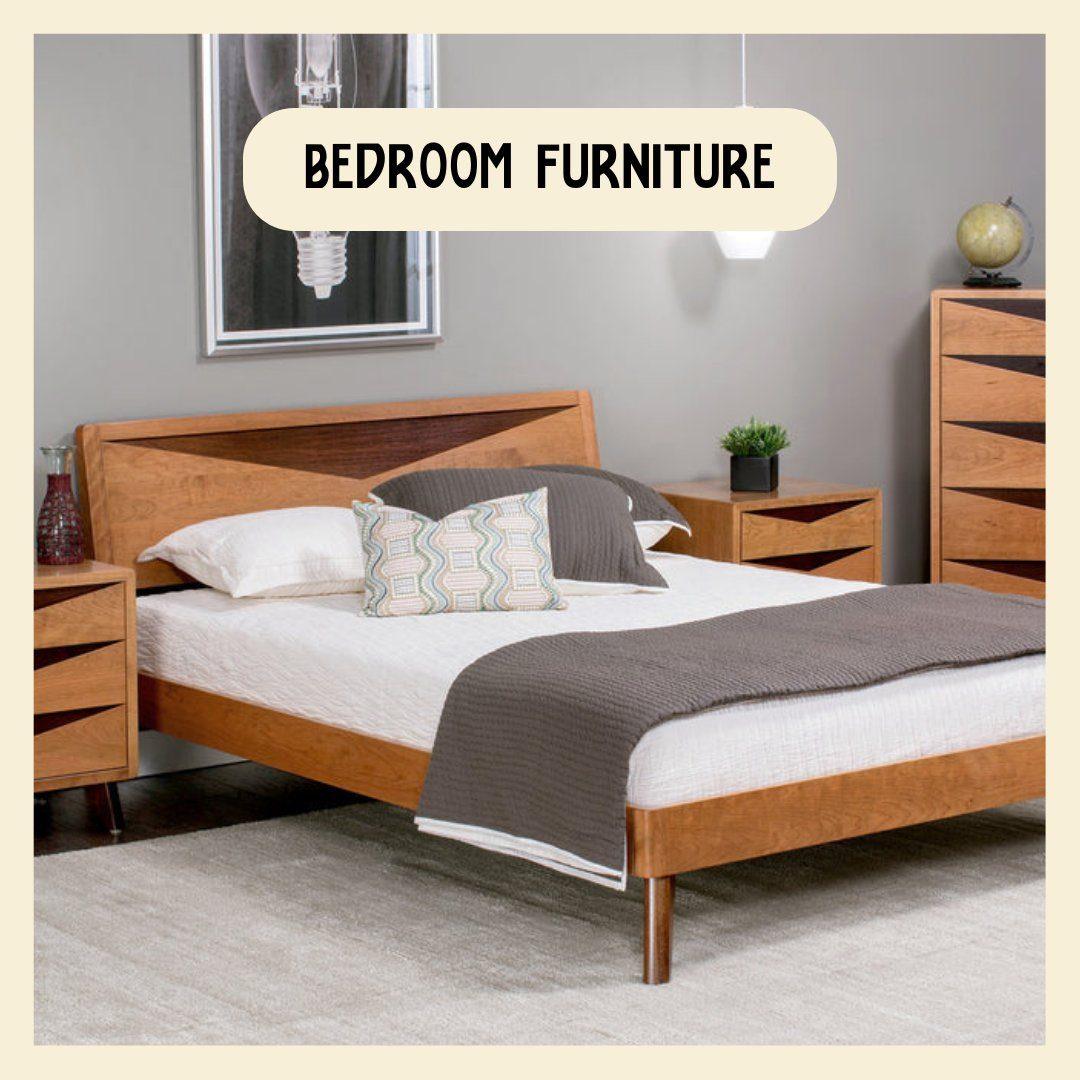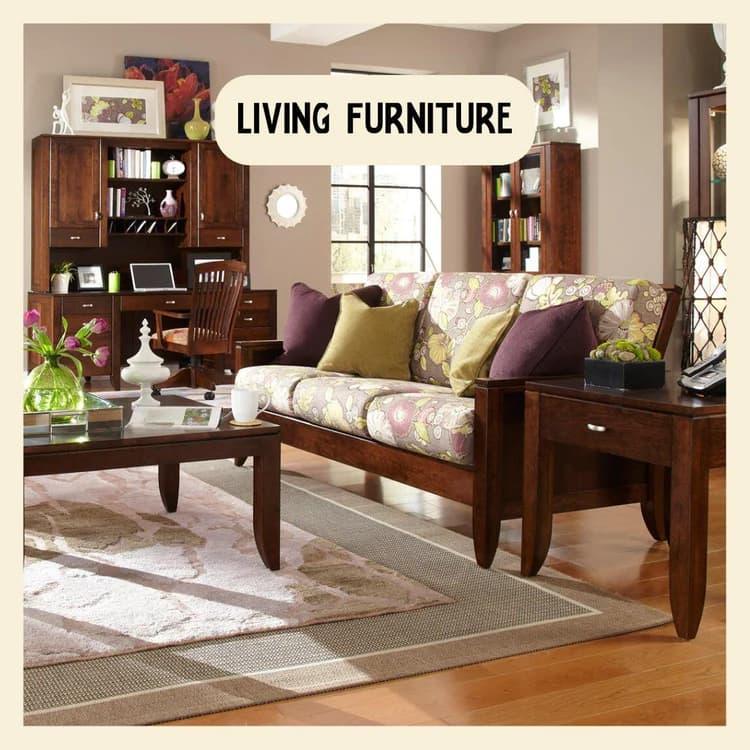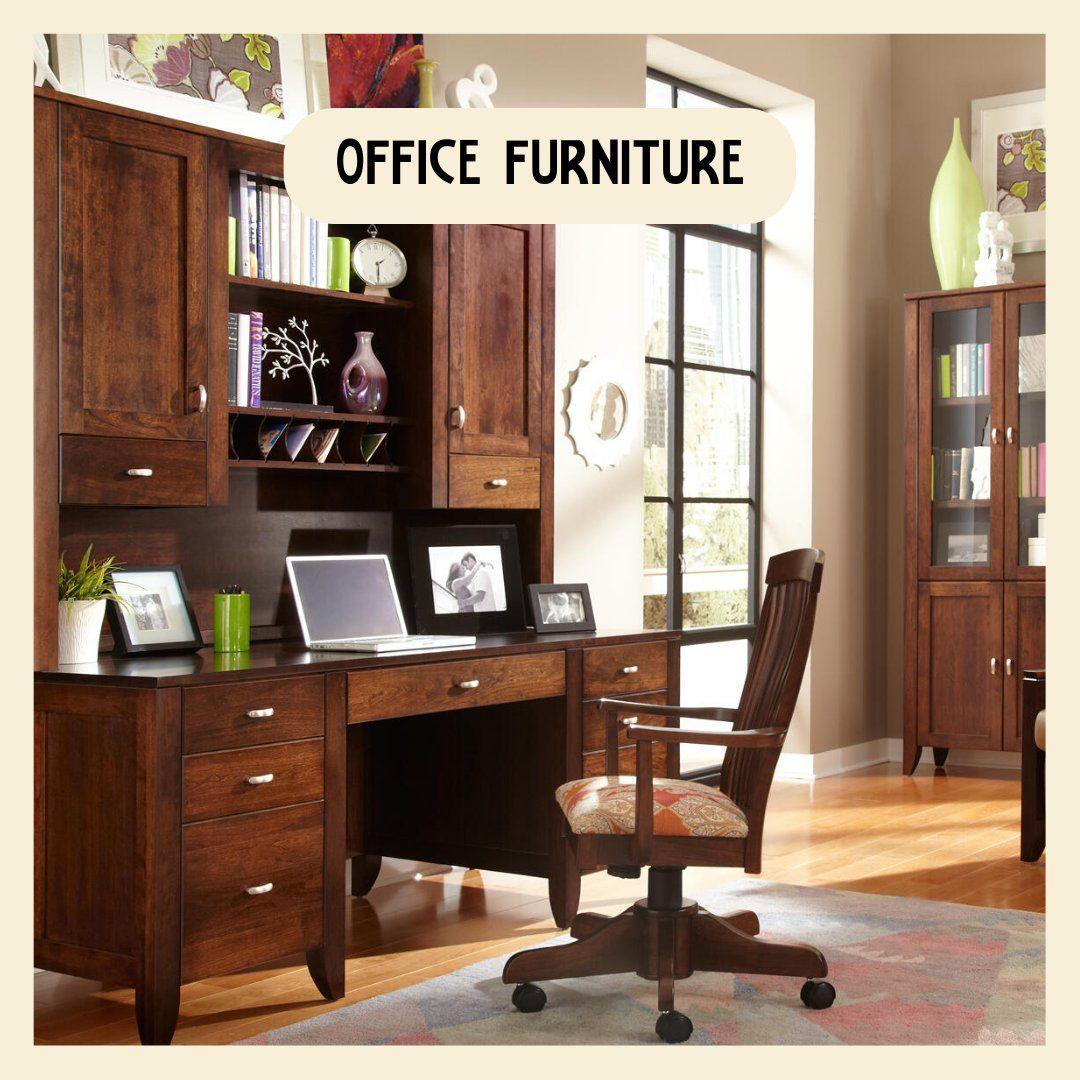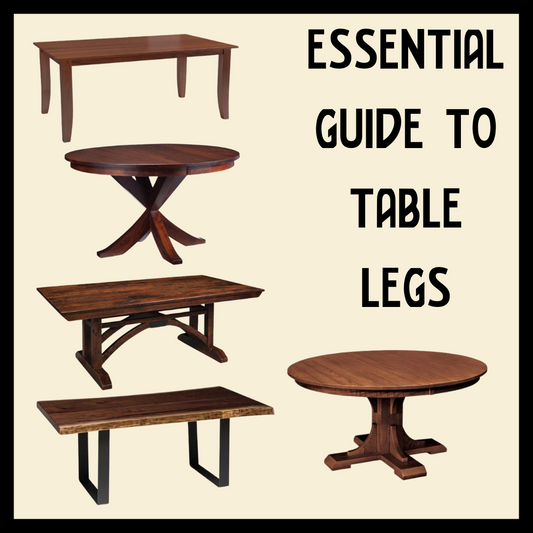What Makes a Victorian? History, Color and Furniture Choices
Coinciding with the reign of England’s Queen Victoria from 1837-1901 and inspired by the Industrial Revolution, Victorian architecture found incredible popularity during a time when ornamental architectural details and metal parts were finally affordable for the masses. And for anyone who’s familiar with the Victorian style, they were used in abundance!
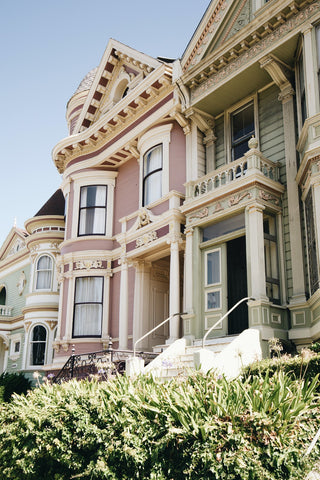
With form being prioritized over function and detailed ornamentation that is sometimes considered over-the-top, they are loved for their quirky charm and ornate decoration.
Common Victorian era home characteristics:
- Steep-pitched roof, irregular shape
- Intricate woodwork around doorways, windows and eaves giving a gingerbread house look
- Textured shingles or glazed bricks
- 2-3 stories
- Various styles, shapes and sizes of windows
- Asymmetrical facade
- Interiors:
- Closed floor plans with long halls and stairs
- Heavy crown molding, window and door trim, 8”-16” baseboards
- Multiple parlors, formal dining room
Victorian style architecture encompasses a number of different types of houses built during the era’s 60+ year reign from the mid 1800's. Here are some of the most common:
Gothic Revival
- Dominant in cathedrals and University buildings
- Influenced by medieval architecture and Romantic art movement
- Pointed arches and windows with diamond-shaped panes
- Steep, front-facing gabled roofs
- Decorative eaves
- Wood board and batten siding
Queen Anne
- Most iconic and popular of all the Victorian styles
- Asymmetrical designs with elaborate floor plans
- Bay windows, towers, turrets, porches
- Steep, pitched roofs
- Highly decorated - intricate trimming and latticework
- Brightly painted facades
- Dollhouse-like appearance
Folk Victorian
- Built for the working class
- Decorated with pre-fabricated embellishments
- Simple floor plans with less complex architectural elements
Haunted Hollywood
In case you’re wondering, these houses weren’t designed to be haunted. They just happen to lend themselves to playing a starring role in Hollywood’s obsession with haunted houses in the Victorian style.
Alfred Hitchcock used one to house Psycho’s Norman Bates and his unforgettable mother. The Addams Family lived in one. The TV show American Horror Story was set in a sprawling Victorian home. Disney decided to design its infamous Haunted Mansion after a Gothic Revival. To name only a few.
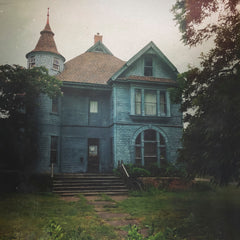
Not only were they traditionally dark on the inside, architect Jonathan Moore explains that their proportions - tall windows, doors and trim - being long and vertical give the illusion of an open mouth and wide eyes. As though the house were screaming. Enough of a connection to keep audiences wanting more thrills and chills!
Victorian Era Color Palettes
While San Francisco’s row of famous brightly-colored Victorian homes known fondly as the ‘Painted Ladies’ is what might come to mind when thinking about the Victorian color palette, the original colors were actually much more muted. Various hues of ochre, russet, beige, brown and taupe were chosen because of the idea that the house should blend with its natural surroundings.
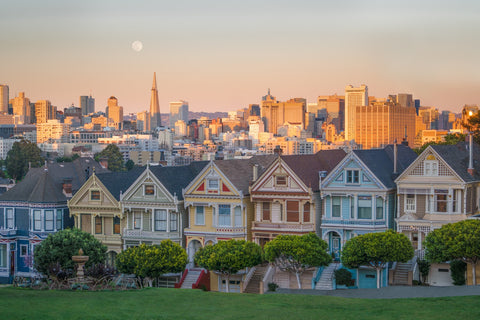
Brightly colored pigmentation was much more expensive to produce at the beginning of the Industrial revolution, and naturally-derived pigments were the norm. Muted pigments didn’t fade, also making them a more economical choice. But as time marched on and brighter pigments became cheaper to produce, Victorian style houses proudly wore bright colors with the dramatic contrasts we’ve come to know and love today.
If you’re looking for ideas for Victorian home color choices, here are some guidelines and suggestions whether you’re looking for traditional or modern.
Exterior Color Choices
Traditional
- Utilize a 3-color paint scheme
- One each for body, trim and sash (or moveable parts - doors, windows and shutters).
- Choose colors from original palette - hues of reds and browns
- Trim should not be white but a darker shade of the body color to help accent and create drama
- Sash color same as trim or a shade darker
Modern
- Utilize a 5 to 7-color paint scheme to highlight various architectural details and gingerbread trim
- Pastels and deeper, more saturated colors are popular
- Sash color should be darkest
- Choice of colors guided by color theory (using the color wheel)
- Harmony by analogy: adjacent colors on the wheel (red/orange, orange/purple, blue/green, yellow/green, green/orange)
- Harmony by contrast: opposite colors on the wheel (red/green, blue/orange, yellow/purple
This article highlights guidelines to create a cohesive Victorian paint scheme with ideas on how to make colors flow with the many intricate details and design elements prominent in Victorian style homes.
Additional color palette information:
Victorian home paint combination examples
Sherwin Williams Exterior Victorian Color Palette
Interior Color Choices
While today’s Victorian homes may have lighter or even no color on the interior walls depending on preference, historically interior paint tended to create dramatic effect for its inhabitants and visitors.
- Paint walls in earth tones - deep hues of red, amber, emerald and brown
- These colors create drama and make each room feel important
- Use complementary colors (opposites on color wheel) to enhance dramatic interiors
- Paint hallways and entrances in neutrals - grays and tans
- Utilize faux painting techniques - marbling and stenciling
- Wallpapers should be in floral and paisley patterns
- Use printed wallpaper or heavily patterned fabric for era-accurate color schemes
- For example, a tapestry or rug can be used to determine the color scheme for the rest of the room
- Public and private spaces may be painted differently:
- Public - darker, more intense colors like dark purple, burgundy, walnut and black
- For example, a Purple 3-color scheme for living room: walls are aubergine, drapes are deep burnt orange, trim is dark green
- Private - lighter and softer colors
- For example, a Purple 3-color scheme for bedroom: walls are lavender, drapes are peach, trim is pale green
Sherwin Williams Interior Victorian Color Palette
Layered Brights Victorian Paint Palette
Furnishing a Victorian
Opulent, lush and ornate might be a few of the adjectives that come to mind when thinking of Victorian decor. While it was the first furniture style to be mass produced, quality was never compromised. Sophisticated and sturdy, it elevates the elegance of a room.
Dark woods, luxuriant textiles and loads of artwork filled these homes as a symbol of the owner’s status. While no space was left bare, they weren’t considered cluttered but rather carefully planned, decorated and taken care of.
Today, Victorian style interiors can be traditional - staying true to the original style that would have existed over a hundred years ago - to contemporary and everything in between. Let’s take a look at ways to furnish in the Victorian style.
Traditional Victorian
Use dark wood finishes and curvy sofas upholstered in velvet or silk. Think heavy drapes for window treatments with touches of sheer lace and lots of area rugs with ornate patterns. Accessorize rooms with paintings, portraits and plants.
Traditional Victorian interior design means bare or minimalist rooms are considered tasteless. Here are suggestions to stay period-specific:
- Wallpaper - William Morris style with large animal, bird or floral prints
- Rugs - Large, patterned allowing only a small border of the wood floor underneath to show through
- Colors - Soft and subdued
- Cool - rose pinks, grays, lavenders, sage
- Warm - mustard yellow, burgundy, teal
- Fabrics -
- Silk damask or velvet for curtains
- Toile or chintz with a heavy floral pattern for cushions or seat covers
- Lighting - Use many decorative lamps to give soft and ambient lighting
- Tiffany style lamps
- Exterior Lighting- Candle bulbs and solid brass fixtures finished in black with clear or rain glass
- Furniture - Carefully placed with every surface accented by picture frames, vases, souvenirs, china and flowers.

Modern Victorian
Modern Victorian means meshing old with new. Carefully combine the curves and quality of traditional Victorian furniture with touches of modern design. Here are some ideas.
- Pair a Victorian era antique table with clear acrylic or steel chairs to get a whole new look!
- Try using modern lighting - Midcentury modern with its geometric patterns and lines works well.
- Reupholster an older Victorian sofa with modern chevron fabric.
- Reupholster a modern chair with damask, floral or tapestry.
- Add bold, geometric chair cushions to the seating at your antique Victorian dining table.
- A thick-framed silver ornate mirror always brings an instant touch of Victorian to any modern space.
Elegant, everlasting, regal and architecturally distinct, it’s no wonder so many love the Victorian style home. Modern Bungalow is here to help you furnish and decorate your home with high quality pieces and decor that will give you the same pride and joy Victorian homeowners felt over a hundred years ago.
Be sure to check out Modern Bungalow's complete guide to historical homes which encompasses Victorian as well as a number of other popular styles in the American West.


